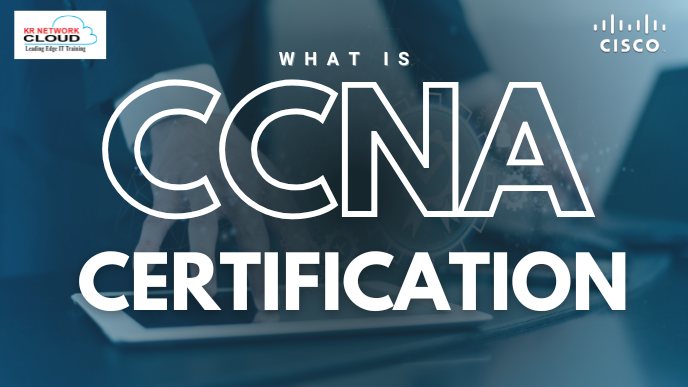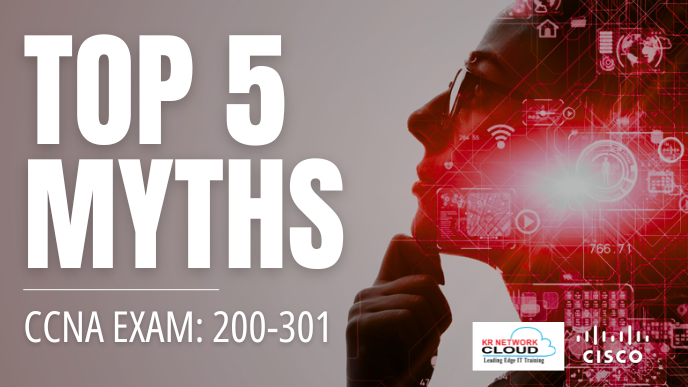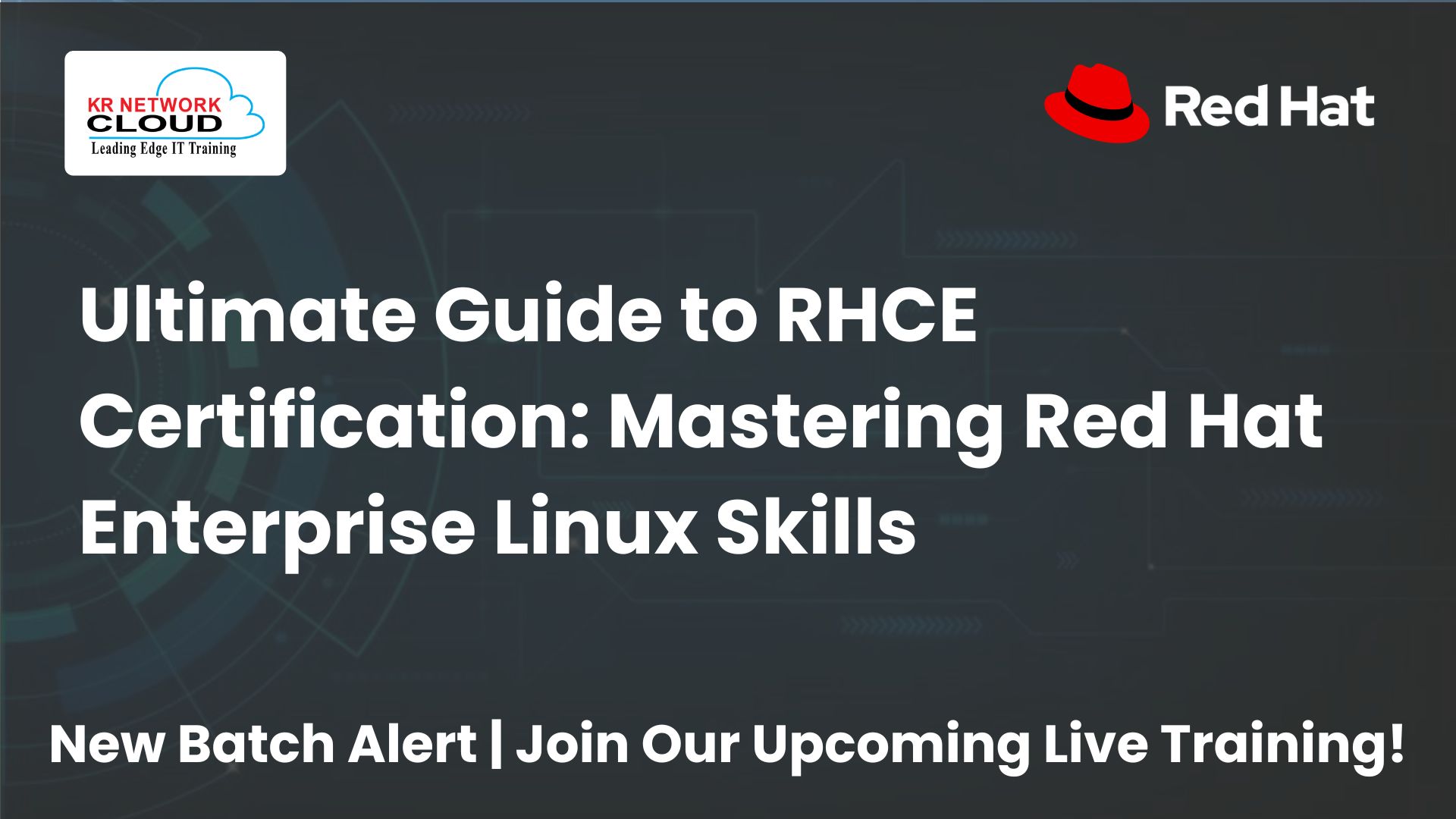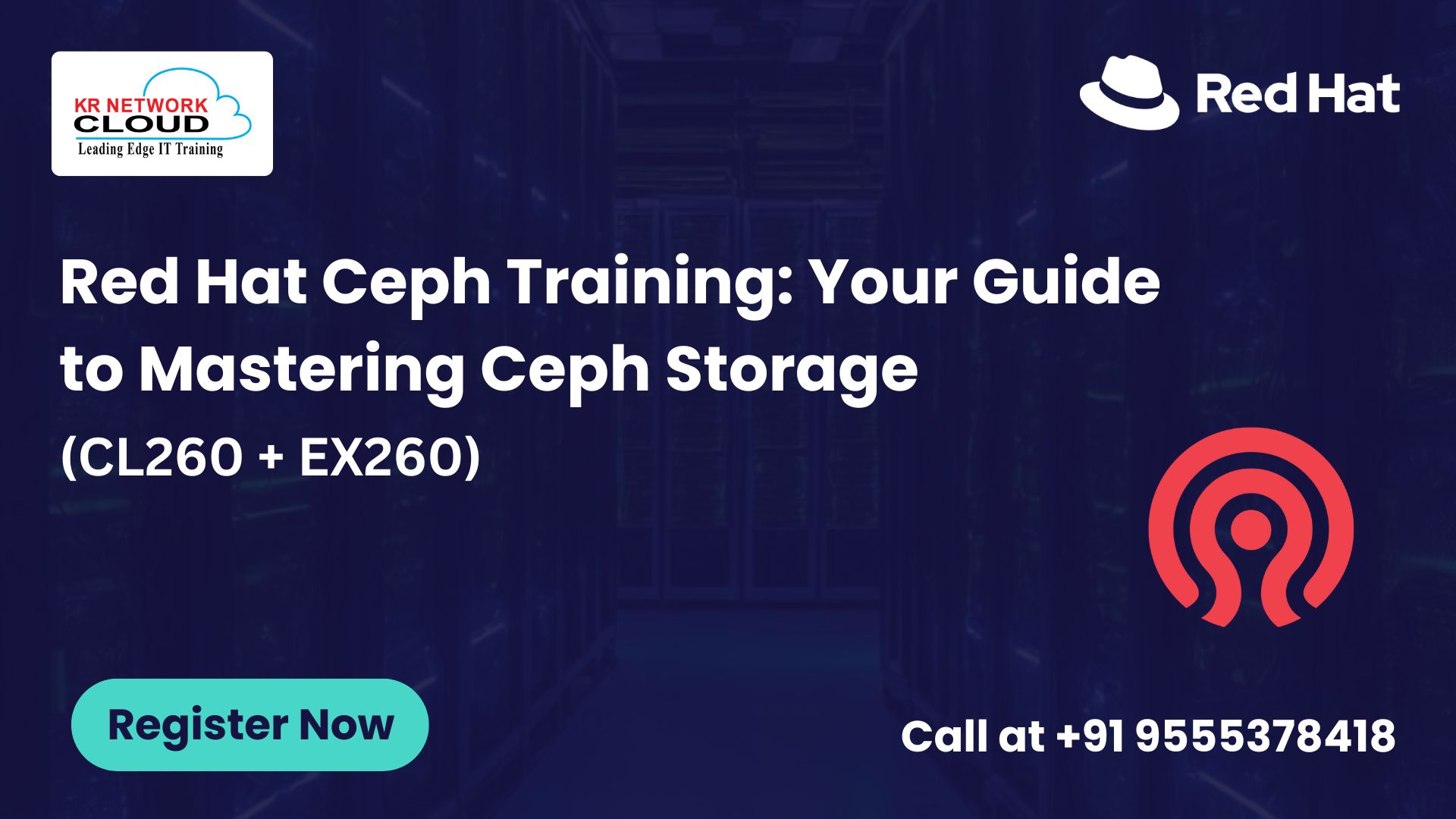Mastering Red Hat OpenShift Administration: A Comprehensive Guide

- KR NETWORK CLOUD
- July 28, 2025
Introduction
Red Hat OpenShift administration is a leading enterprise Kubernetes platform that simplifies container orchestration, deployment, and management. As organizations increasingly adopt cloud-native technologies, mastering OpenShift administration has become a critical skill for DevOps engineers, cloud architects, and IT professionals.
This blog covers essential OpenShift administration topics, including declarative resource management, deploying packaged applications, authentication and authorization, network security, and exposing non-HTTP/SNI applications. Whether you’re preparing for the Red Hat OpenShift Certification (EX280) or looking to enhance your Red Hat OpenShift training, this guide provides hands-on exercises and best practices to help you succeed.
1. Declarative Resource Management
Resource Manifests
OpenShift leverages Kubernetes manifests (YAML/JSON files) to define and manage resources such as pods, services, and deployments. Declarative management ensures consistency and reproducibility across environments.
Key Benefits:
Version-controlled infrastructure
Automated deployments
Reduced human error
Guided Exercise: Resource Manifests
Create a basic pod manifest (
pod.yaml).Apply it using
oc apply -f pod.yaml.Verify deployment with
oc get pods.
Kustomize Overlays
Kustomize allows customization of Kubernetes resources without modifying original manifests. It’s ideal for managing environment-specific configurations (dev, staging, prod).
Guided Exercise: Kustomize Overlays
Define a base configuration (
kustomization.yaml).Create overlays for different environments.
Apply configurations using
oc apply -k <overlay-dir>.
Lab: Declarative Resource Management Summary
Practice creating and managing manifests.
Use Kustomize to deploy multi-environment applications.
2. Deploy Packaged Applications
OpenShift Templates
OpenShift templates provide reusable definitions for application components, streamlining deployments.
Guided Exercise: OpenShift Templates
Create a template (
template.yaml) with parameters.Instantiate it using
oc process -f template.yaml | oc apply -f -.
Helm Charts
Helm, the Kubernetes package manager, simplifies application deployment using charts (pre-configured templates).
Guided Exercise: Helm Charts
Install Helm CLI.
Deploy a sample chart (
helm install <chart-name>).
Lab: Deploy Packaged Applications
Compare OpenShift templates vs. Helm charts.
Deploy a multi-service application.
3. Authentication and Authorization
Configure Identity Providers
OpenShift administration integrates with LDAP, OAuth, and other identity providers for secure access.
Guided Exercise: Configure Identity Providers
Set up an OAuth provider (e.g., GitHub, Google).
Test user login.
Define and Apply Permissions with RBAC
Role-Based Access Control (RBAC) restricts user permissions based on roles.
Guided Exercise: Define and Apply Permissions with RBAC
Create roles and role bindings.
Assign permissions to users/groups.
Lab: Authentication and Authorization
Configure an identity provider.
Implement RBAC policies.
4. Network Security
Protect External Traffic with TLS
Secure external communications using TLS certificates.
Guided Exercise: Protect External Traffic with TLS
Generate a self-signed certificate.
Configure a route with TLS termination.
Configure Network Policies
Network policies control pod-to-pod communication.
Guided Exercise: Configure Network Policies
Define ingress/egress rules.
Apply policies to restrict traffic.
Protect Internal Traffic with TLS
Encrypt internal service communication using mutual TLS (mTLS).
Lab: Network Security
Implement TLS for external routes.
Enforce network policies.
5. Expose Non-HTTP/SNI Applications
Load Balancer Services
Expose non-HTTP services (e.g., databases) using LoadBalancer.
Guided Exercise: Load Balancer Services
Deploy a service with
type: LoadBalancer.Verify external access.
Multus Secondary Networks
Multus enables multiple network interfaces for pods.
Guided Exercise: Multus Secondary Networks
Install Multus CNI.
Attach secondary networks to pods.
Lab: Expose Non-HTTP/SNI Applications
Configure LoadBalancer services.
Implement Multus for multi-networking.
Red Hat OpenShift EX280 Exam Overview
| Exam Detail | Description |
|---|---|
| Certificate Provider | Red Hat |
| Exam Code | EX280 |
| Exam Name | Red Hat Certified Specialist in OpenShift Administration |
| Exam Type | Practical Lab Based |
| Exam Format | Performance-Based, Hands-on (Online Proctored) |
| Exam Location | Remote (Online Proctoring) or Official Testing Center (e.g. KR Network Cloud) |
| Number of Questions | Around 22 |
| Exam Duration | 240 Minutes / 4 Hours |
| Maximum Score | 300 |
| Minimum Passing Score | 210 |
| Certification Validity | 3 Years |
| Exam Attempt Validity | 365 Days after booking your exam (May vary with current policy) |
| Exam Price | 20K+18% GST (May vary with Region & Current Pricing) |
| Key Topics | - Cluster Installation & Configuration - Application Deployment - Security & Authentication - Networking & Storage |
Conclusion
Mastering Red Hat OpenShift administration is essential for managing modern cloud-native applications. This guide covered declarative resource management, packaged application deployment, authentication, network security, and exposing non-HTTP services—key topics for the Red Hat OpenShift Certification (EX280).
Whether you’re pursuing Red Hat OpenShift training or enhancing your Red Hat Kubernetes expertise, hands-on practice is crucial. Enroll in OpenShift online training to gain deeper insights and prepare for real-world challenges.
Watch Now: Click Here
FAQs
1. What is Red Hat OpenShift?
Answer: Red Hat OpenShift administration is an enterprise-grade Kubernetes platform that simplifies container orchestration, application deployment, and cloud-native development. It provides tools for DevOps, CI/CD, security, and scalability in hybrid and multi-cloud environments.
2. What is the EX280 exam?
Answer: The EX280 (Red Hat Certified Specialist in OpenShift Administration) is a performance-based exam that tests hands-on skills in managing OpenShift clusters. It covers:
Cluster deployment & configuration
Application lifecycle management
Security (RBAC, TLS, Network Policies)
Troubleshooting OpenShift issues
3. How difficult is the EX280 exam?
Answer: The EX280 is considered moderate to challenging because it requires:
✔ Practical experience with OpenShift CLI (oc).
✔ Speed & accuracy (3-hour time limit).
✔ Deep understanding of RBAC, Helm, Kustomize, and networking.
Tip: Practice with OpenShift administration Sandbox or a local lab before attempting.
4. What are the prerequisites for EX280?
Answer: Red Hat recommends:
RHCSA (Red Hat Certified System Administrator) or equivalent Linux skills.
Experience with Kubernetes/OpenShift CLI.
Familiarity with YAML, Helm, and container concepts.
5. How much does the EX280 exam cost?
Answer: The exam costs $400 USD (prices may vary by region). Check Red Hat’s official site for discounts or bundled training.
6. What’s the best way to prepare for EX280?
Answer: Follow this roadmap:
Take Red Hat’s official training (DO280 course).
Practice on OpenShift Sandbox (free).
Review exam objectives (on Red Hat’s website).
Attempt mock labs (e.g., Killer.sh EX280 simulations).
7. What jobs can I get after EX280 certification?
Answer: EX280 opens doors to roles like:
OpenShift Administrator ($90K–$140K)
DevOps Engineer (OpenShift/Kubernetes) ($100K–$160K)
Cloud Platform Engineer ($110K–$170K)
8. Does OpenShift support Windows containers?
Answer: Yes, but with limitations. OpenShift 4.10+ supports Windows worker nodes, but:
Requires special SCCs (Security Context Constraints).
Not all OpenShift features work (e.g., some networking plugins).







